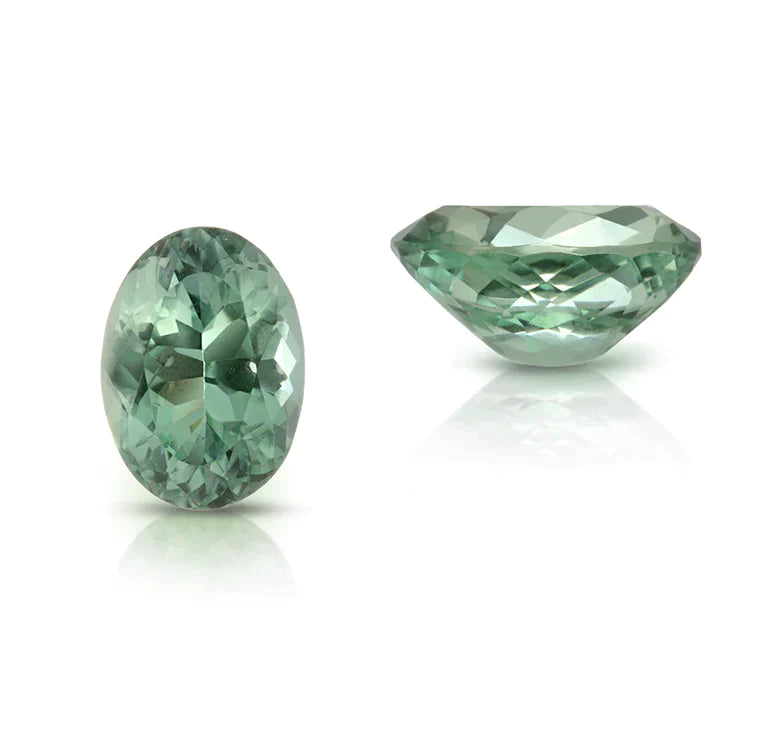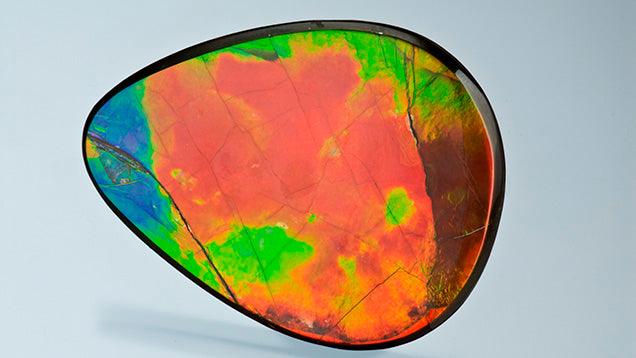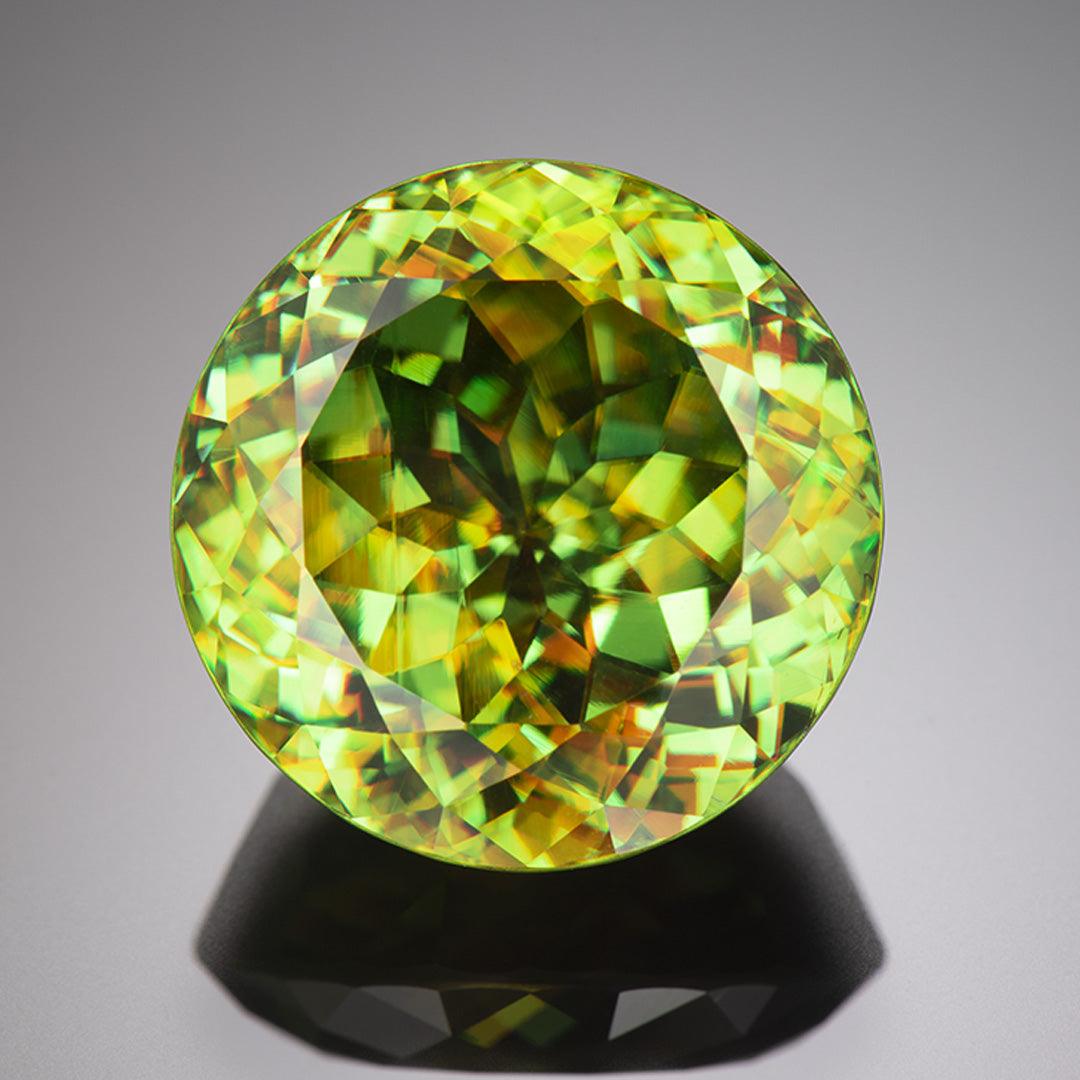
The Tantalizing Trio of Color of Rare Green Kornerupine
Kornerupine is a magnificent gemstone that radiates beauty and elegance. This stunning gemstone has a variety of colors, ranging from green to brown, and sometimes blue or yellow. It possesses a unique quality that sets it apart from other gemstones. Kornerupine has the ability to display a trichroic effect, meaning it exhibits three different colors when viewed from different angles. This effect is truly mesmerizing and adds to the gemstone’s allure.
Kornerupine is a remarkable gemstone that’s perfect for jewelry. Its distinct color and unique properties make it an ideal choice for those who want to stand out from the crowd. The gemstone’s durability and hardness on the Mohs scale make it a great option for everyday wear.
Scientifically, kornerupine is a silicate mineral that’s composed of magnesium, aluminum and boron. It has a complex crystal structure that forms in orthorhombic or monoclinic symmetry. This gemstone’s hardness ranges from 6.5 to 7 on the Mohs scale, making it relatively resistant to scratches and damage.
Kornerupine was discovered in Greenland by a Danish geologist, Andreas Nikolaus Kornerup, in 1887. Today, kornerupine can be found in a variety of locations worldwide, including Tanzania, Kenya, Madagascar, Sri Lanka and Myanmar.
In ancient times, kornerupine was believed to have protective properties and was often worn as a talisman. It was thought to bring good luck, prosperity and happiness to its wearer. In addition, kornerupine was associated with the element of water, making it a symbol of purity and clarity.
There are several famous kornerupine stones and jewelry, including a 29-carat kornerupine found in Tanzania in 2005. This gemstone was named the “Tanzanian Peacock” due to its vibrant blue-green color.
Kornerupine is typically cut into various shapes and sizes, including oval, pear, cushion and emerald. It is commonly found in smaller sizes, with most gemstones weighing less than one carat.
The cost of kornerupine can vary greatly depending on various factors such as the size, color, clarity and quality of the gemstone. Additionally, availability and demand also play a role in determining the price of kornerupine. On average, kornerupine can range from $50 to $500 per carat. However, larger and more high-quality stones can command prices of $1000 or more per carat.
Today, kornerupine can be found in jewelry stores around the world. Sphene, another gemstone with similar qualities to kornerupine, is often used in combination with it to create stunning jewelry pieces.
In conclusion, kornerupine is a magnificent gemstone that embodies elegance, beauty and uniqueness. Its striking color and trichroic effect make it an ideal choice for jewelry. Scientifically, kornerupine is a complex silicate mineral that forms in orthorhombic or monoclinic symmetry. Its association with water and protective properties have made it a popular gemstone throughout history. Today, kornerupine can be found in a variety of shapes and sizes in jewelry stores worldwide, and its timeless beauty continues to captivate gemstone enthusiasts.
Photo of kornerupine courtesy of Heritage Gems & Jewels


